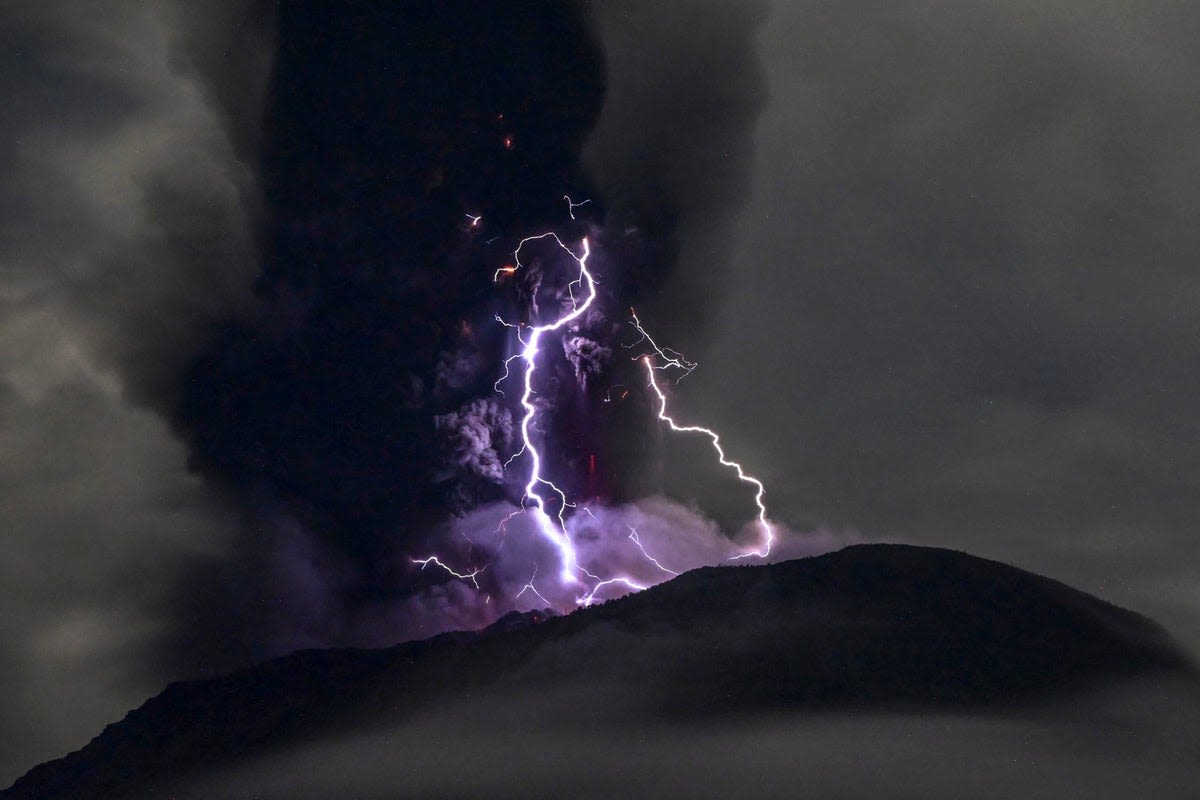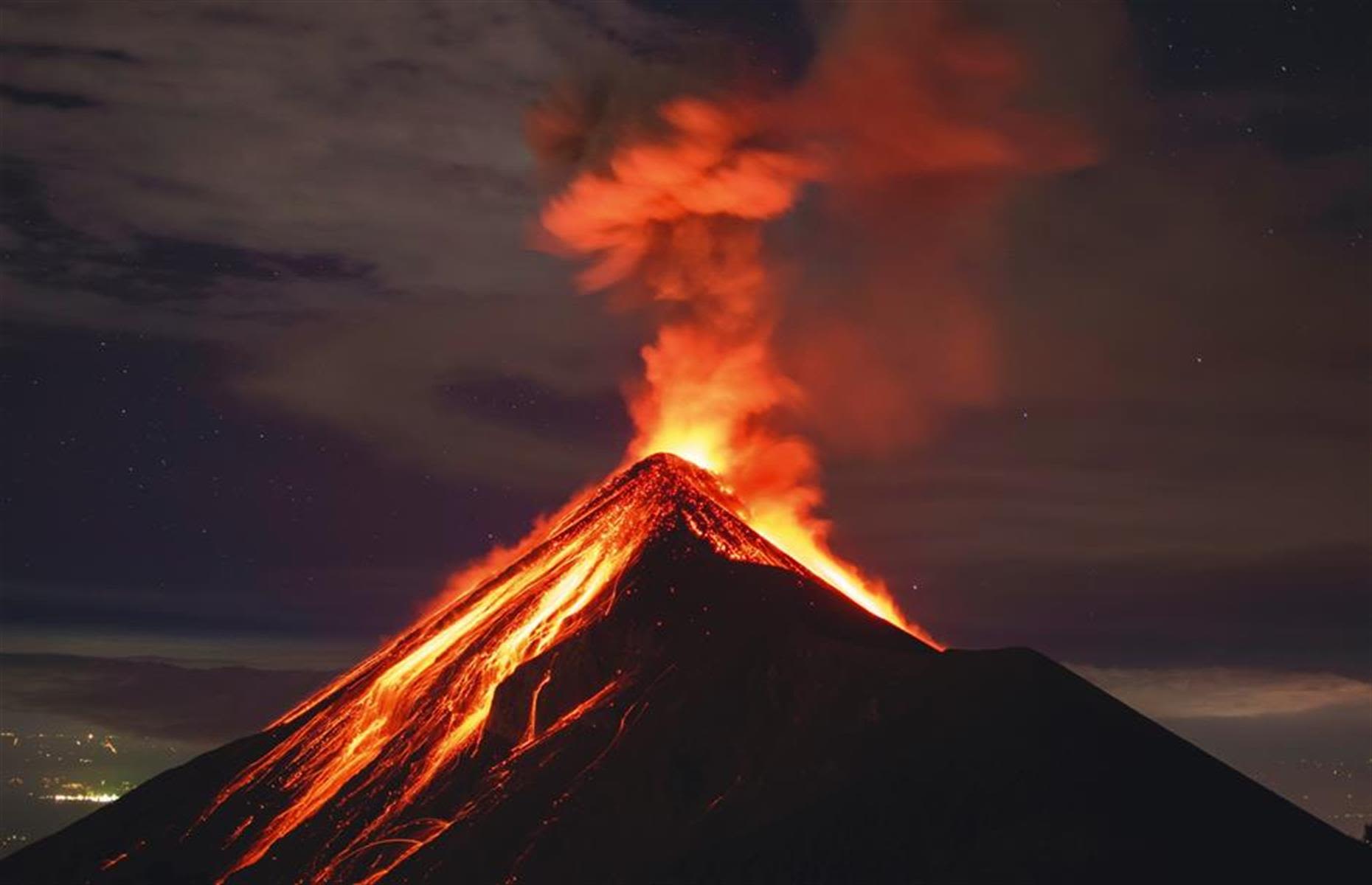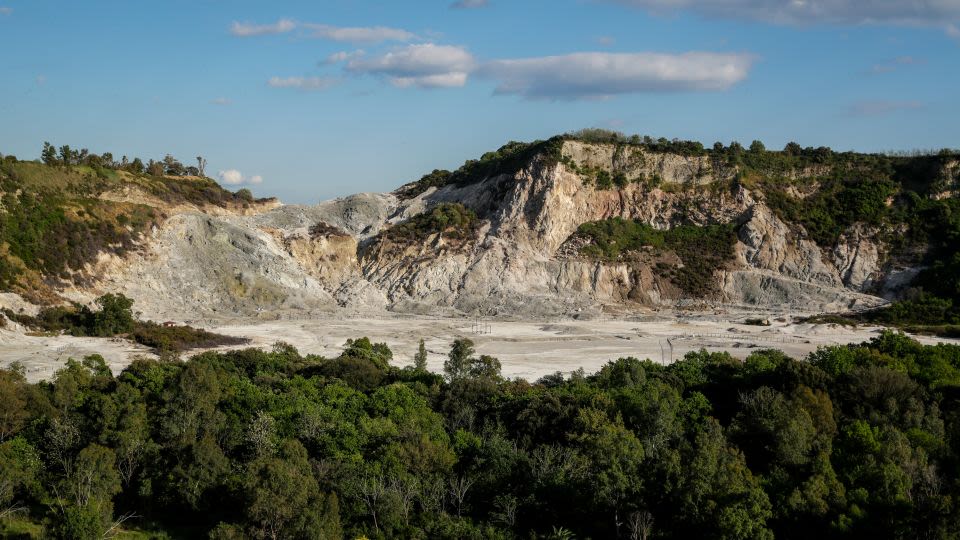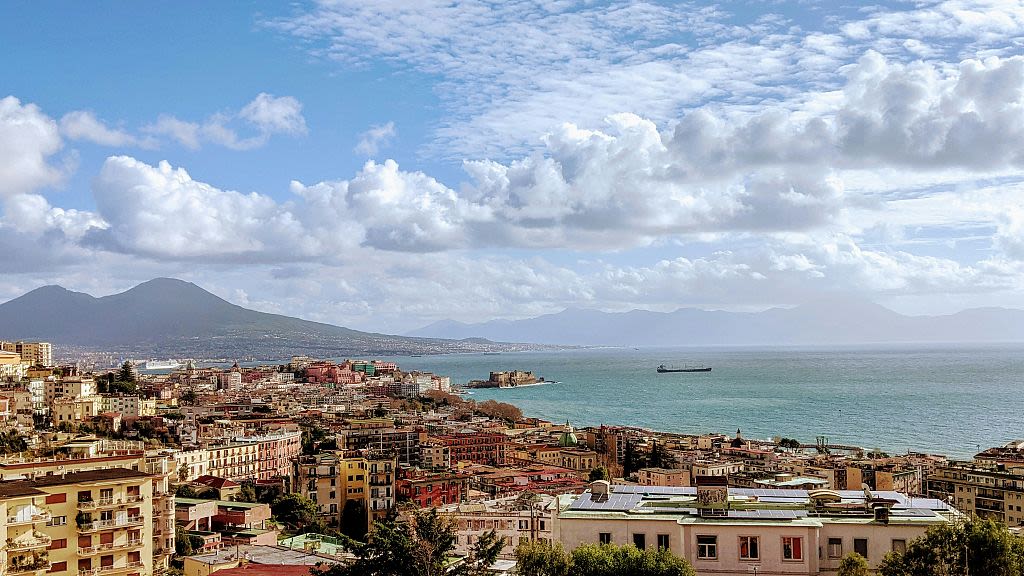Search results
News about Mount Ibu, eruption, Indonesia
News about Campi Flegrei, Naples, earthquake
Also in the news
4 days ago · A 4.4 magnitude earthquake struck Italy’s Campi Flegrei super volcano Monday evening, causing mild damage in the town of Pozzuoli, the epicenter, and as far away as the city of Naples, some 20 ...
3 days ago · Volcanology is the study of the generation and movement of molten rock on Earth and other planetary bodies, primarily through volcanoes and volcanic eruptions. This encompasses the generation of ...
The caldera was the site of nearly continuous activity during the 19th century and the early part of the 20th century. Kīlauea ranks among the world's most active volcanoes and may even top the list. Since 1952, Kīlauea has erupted dozens of times. From 1983 to 2018 eruptive activity was nearly continuous along the volcano's East Rift Zone.
2 days ago · KILAUEA (VNUM #332010) 19°25'16" N 155°17'13" W, Summit Elevation 4091 ft (1247 m) Current Volcano Alert Level: ADVISORY. Current Aviation Color Code: YELLOW. Activity Summary: Kilauea volcano is not erupting. Unrest continues beneath the upper East Rift Zone but rates of seismicity and ground deformation have slowed.
4 days ago · Mount Fuji, highest mountain in Japan. It rises to 12,388 feet (3,776 meters) near the Pacific coast of central Honshu, about 60 miles (100 km) west of the Tokyo-Yokohama metropolitan area. It is a volcano that has been dormant since its last eruption (1707) but is still generally classified as active by geologists.
- The Editors of Encyclopaedia Britannica
- DictionaryVol·ca·no/välˈkānō/
noun
- 1. a mountain or hill, typically conical, having a crater or vent through which lava, rock fragments, hot vapor, and gas are being or have been erupted from the earth's crust.
2 days ago · Volcano News and Research. Latest scientific research on how volcanoes work, predicting volcanic eruptions, climate change due to volcanic eruption and more.
4 days ago · The temperatures of molten lava range from about 700 to 1,200 °C (1,300 to 2,200 °F). The material can be very fluid, flowing almost like syrup, or it can be extremely stiff, scarcely flowing at all. The higher the lava’s silica content, the higher its viscosity. How volcanoes work, explained by a volcanologist.





